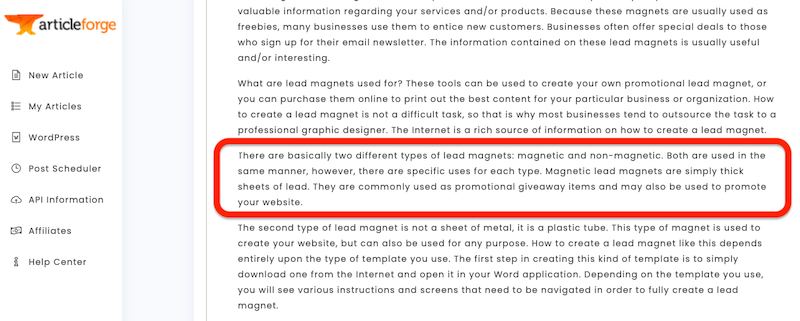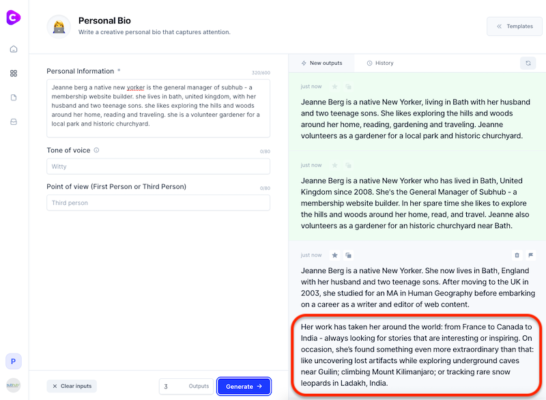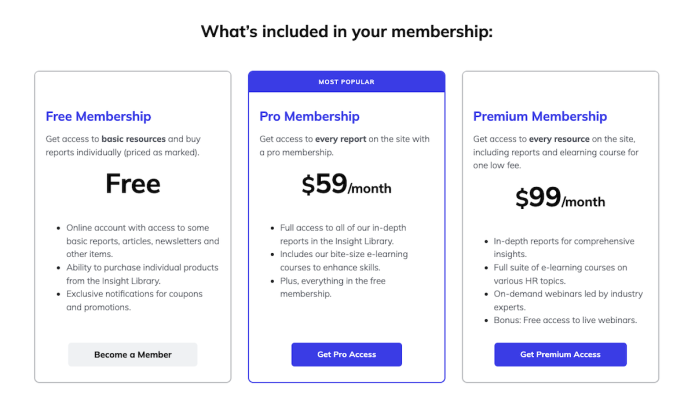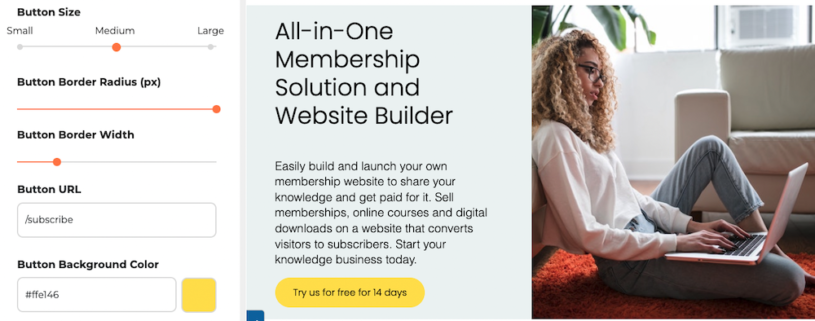
Content creation should be a part of every website’s SEO strategy. Publishing content for your targeted audience not only drives organic traffic to your website but improves your site's authority and relevance on that subject.
Consistently publishing new and meaningful content is one of the number one drivers to achieve search engine rankings. This is because search engines perceive regularly updated content as one of the best indicators of a domain’s knowledge and credibility on a subject. The outcome of this is that you’ll rank higher in search results for your keywords and bring more visibility for your website.
However, the effort of producing fresh content can be onerous - especially if you don’t have the budget to hire a content creator. But with the advent of numerous AI-powered automation tools, content generation no longer needs to be a one-man show.
How to auto-generate topic ideas
Before any writing can begin, you have to have a topic idea. Besides producing content, there are generators that can even provide the inspiration for ideas.
Hubspot’s free idea generator, can help you to brainstorm fresh article topics. This is especially useful when you’re focused on a single niche and seem to have exhausted every angle. You just need to enter a noun to start the ideas flowing.
But deciding the topic is only the first step in creating content!
Two tools to auto-generate long and short-form content
Content generating tools can speed up and streamline the writing process.
The content creating tool, Article Forge, specialises in generating long-form content.
You can generate articles from 50 to 750 words in length which can also be scheduled to post directly to a WordPress website. Article Forge claims every article is written completely from scratch, so you'll never get duplicate or plagiarised content.
With Article Forge, you start creating an article by entering a ‘keyword’ that describes the main topic of your article and then sub-keywords which help to focus the narrative. Article Forge will then need a few minutes to process the query.
As with any tool, there’s a learning curve required to produce suitable and readable content. Sometimes the quality and relevance can be hit or miss. The more precise and developed the data you input, the richer and more relevant the result.
The outputs produced for my keywords were good rough drafts but not what I would consider the quality of a ‘final copy’ without editing. Some of the text was repetitive, some irrelevant or just down-right nonsensical.
Here’s a paragraph from the output for the keyword ‘Lead Magnet’. The content output reads coherently then all of a sudden it swerves off-piste.

Article Forge has one plan billed at $57/mo or $27/mo paid annually.
The content generator Conversion.ai was recommended to me by a colleague. She found it a great resource for generating short-form copy which she could be assured was grammatically and conversationally fluent in English - as English was not her native language.
Conversion.ai has over 50 use case templates (some are still in beta) ranging from blog post outlines to email subject lines to Pinterest pin descriptions and personal bios.
With Conversion.ai, you begin by choosing the template for your use case. Then you input the topic, enter a tone of voice and click Generate. The output will display in the split screen. When generating long-form copy, you have to prompt it along by entering your own transition copy.
Here again, the output for my ‘personal bio’ suddenly crossed over into the realm of fiction with some very curious extrapolations from the data I entered:

Conversion.ai claims its generated content is 99.99% original and clear for publication.
An added bonus with conversion.ai, is their dedication to building a supportive community around their product with a private Facebook group, Training Academy and a daily 30 minute live Q&A session with its co-founder Chris Hull.
Conversion.ai has two plan tiers. The Starter plan, at $29/mo, gets you short-form copy generation such as headlines, descriptions and bios. While their Pro plan, at $109/mo, allows access to their long-form assistant for copy such as blog posts, video scripts and books.
In conclusion
While content generators can help with some of the heavy lifting of content creation, it’s quality clearly still needs the human touch.
Particularly important to keep in mind is that Google and other search engines can easily recognise auto-generated content and if they determine it to be without human review, sufficient value or curation, they may take action against - meaning your content might suddenly drop in ranking.
So use these tools to help facilitate your content production but remember that machine written articles still can’t equal words composed into meaningful thoughts by an organic being.
This article was human generated.





